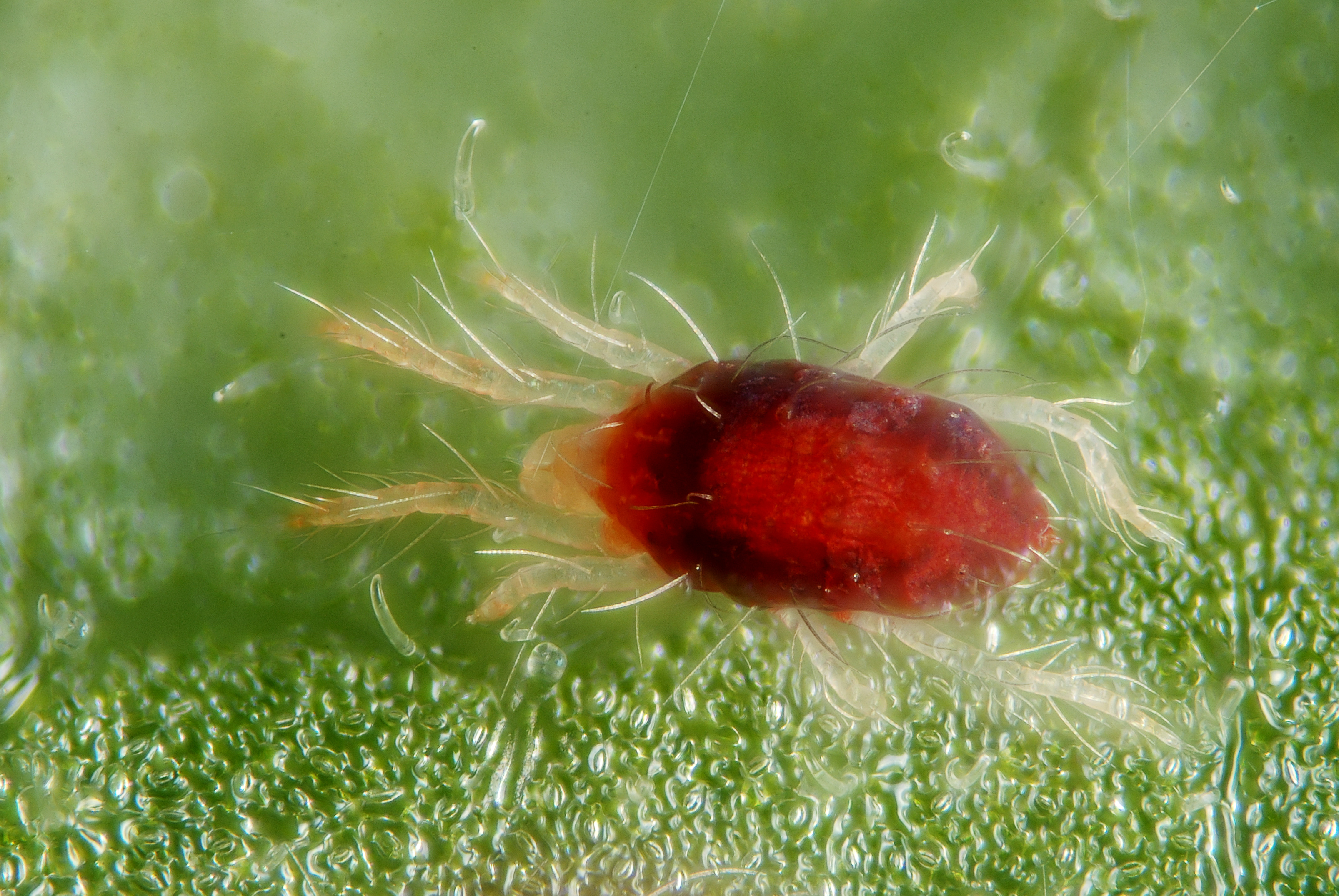Major Insect-Pests in Protected Cultivation
a. Aphids
- Common Species: Myzus persicae, Aphis gossypii.
- Crops Affected: Tomato, cucumber, capsicum, ornamental plants.
Symptoms
- Curling, distortion, and yellowing of young leaves.
- Stunted shoot growth.
- Honeydew excretion leading to sooty mold.
Biology: Rapid reproduction through parthenogenesis, several generations per season.
Integrated Management:
- Cultural: Remove alternate hosts, maintain spacing for ventilation.
- Mechanical: Yellow sticky traps to monitor and trap adults.
- Biological: Release Aphidius colemani, ladybird beetles (Coccinella septempunctata).
- Chemical: Imidacloprid, acetamiprid; use carefully to protect natural enemies.
:max_bytes(150000):strip_icc()/GettyImages-611461019-5c81878346e0fb00012c667c.jpg)
b. Whiteflies (Bemisia tabaci)
- Crops Affected: Tomato, capsicum, cucumber, ornamental crops.
Symptoms:
- Yellowing of leaves, stunted growth.
- Honeydew secretion leading to sooty mold.
- Transmission of plant viruses (e.g., Tomato Yellow Leaf Curl Virus).
Biology: Tiny, winged insects; develop from egg to adult in 2–3 weeks.
Management:
- Cultural: Remove weed hosts; maintain clean environment.
- Mechanical: Yellow sticky traps, reflective mulches.
- Biological: Release Encarsia formosa, Eretmocerus eremicus.
- Chemical: Use IGRs (pyriproxyfen) or neem formulations.

c. Thrips (Thripidae)
- Crops Affected: Tomato, cucumber, capsicum, flowers.
Symptoms:
- Silvering or streaking of leaves.
- Deformed flowers and scarred fruits.
Biology: Small, slender insects with rapid reproduction; vectors for tomato spotted wilt virus.
Management:
- Cultural: Sanitation, remove crop residues.
- Mechanical: Blue sticky traps.
- Biological: Predatory mites (Amblyseius swirskii, Neoseiulus cucumeris).
- Chemical: Selective insecticides such as spinosad, cypermethrin
d. Spider Mites (Tetranychus urticae)
- Crops Affected: Tomato, cucumber, capsicum, ornamentals.
Symptoms:
- Yellow specks on leaves, bronzing, webbing.
- Leaf drop under severe infestation.
Biology: Prefer hot and dry conditions; rapid life cycle (7–14 days).
Management:
- Cultural: Maintain humidity, avoid drought stress.
- Mechanical: Spraying water to dislodge mites.
- Biological: Release Phytoseiulus persimilis, Neoseiulus californicus.
- Chemical: Miticides like abamectin, spiromesifen.

e. Caterpillars and Leaf Miners
- Crops Affected: Tomato, cucumber, capsicum, leafy vegetables.
Symptoms:
- Leaf chewing, tunneling inside leaves, defoliation.
- Fruit scarring in severe cases.
Management:
- Cultural: Remove infested leaves.
- Biological: Parasitoids (Trichogramma chilonis).
- Chemical: Bacillus thuringiensis formulations, selective insecticides.